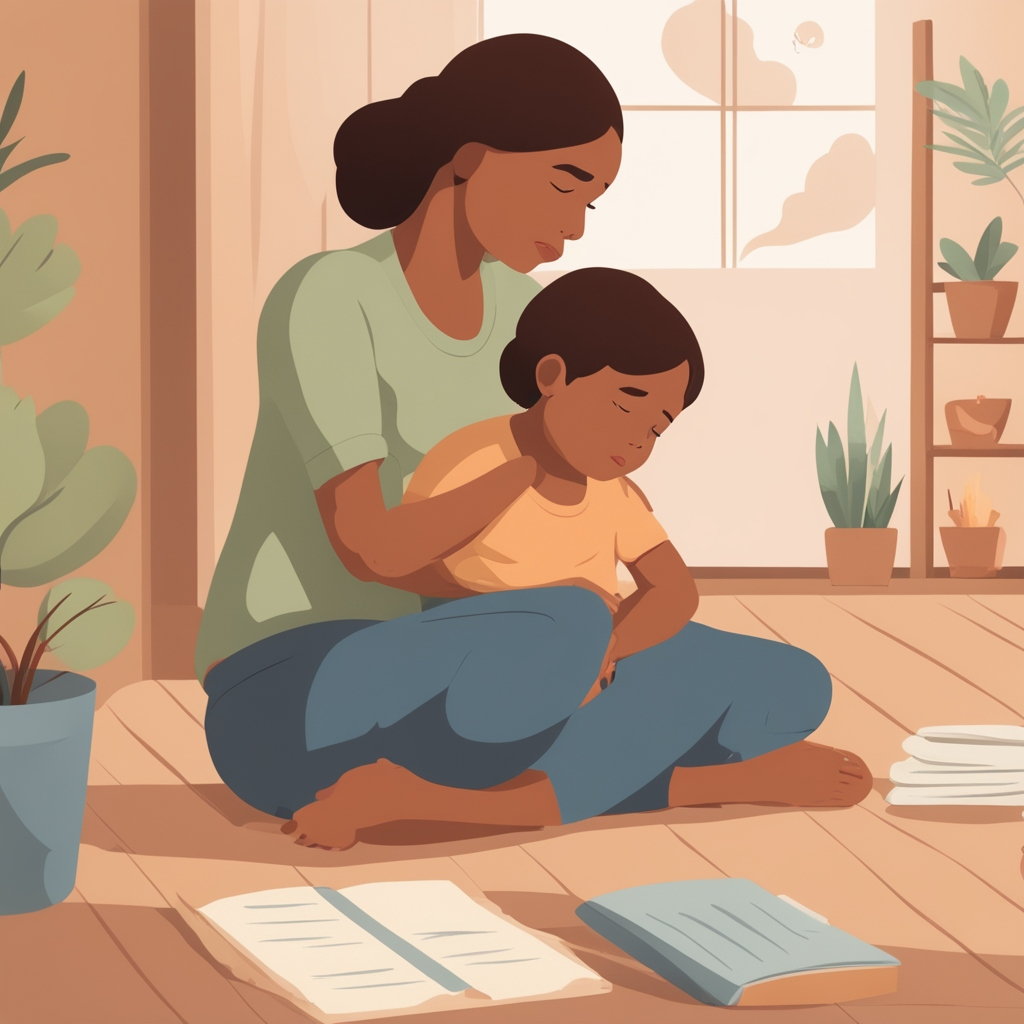Every child will, at some point in their life, experience fears and anxieties. It is a natural part of growing up and learning about the world. As a parent, knowing how to handle these emotions is critical in helping your child cope effectively. Here, we will explore strategies to help you address and soothe your child’s fears and anxieties while strengthening their emotional resilience.
Understanding Childhood Fears and Anxieties
The Nature of Childhood Fears
Children’s fears are often rooted in the unknown and are usually a reflection of their developmental stage. For example, toddlers might fear separation from their caregivers, while older children may fear things they see in movies or on television. Understanding that these fears are both age and developmentally appropriate is the first step in addressing them.
The Role of Anxiety
Anxiety in children often stems from perceived threats to their well-being or security. Learning new skills, such as starting school or making friends, can trigger feelings of uncertainty and fear. Recognizing anxiety as a normal, albeit uncomfortable, part of development can help parents provide the reassurance and support their children need.
Effective Communication
Listen Actively
When your child expresses fear or anxiety, listening actively is crucial. Pay attention to their feelings and the specific fears they articulate. Validate their emotions by acknowledging them as real and important. Letting your child know that you are there to support them can mitigate feelings of isolation or hopelessness.
Open the Dialogue
Encourage your child to talk about their fears by asking open-ended questions and providing a judgment-free environment. Sometimes children might not have the words to express how they feel, so patience is key. Use age-appropriate language to help them articulate their emotions, which in turn can aid them in processing these feelings.
Practical Strategies for Managing Fears
Create a Safe Environment
Ensure that your child feels physically and emotionally safe. This could mean implementing bedtime routines that provide comfort or limiting exposure to potentially distressing media content. A stable, predictable environment allows children to develop a sense of security and trust.
Teaching Coping Mechanisms
Introduce coping strategies like deep breathing exercises, counting to ten, or visualizing a calm place. These techniques can empower your child to manage their own anxiety rather than depending solely on external reassurance.
Guided Problem-Solving
Identifying the Root Cause
Helping your child break down their fears into manageable parts can be a powerful tool. Discuss what exactly makes a situation frightening to them and brainstorm ways to address those factors. This analytical approach encourages them to view problems logically rather than emotionally.

Planning and Practicing Responses
Role-playing different scenarios can prepare your child for challenging situations. By practicing responses to their fears, they gain confidence and are better equipped to handle anxiety-provoking scenarios.
Professional Support
When to Seek Help
If your child’s fears or anxieties become overwhelming and begin to interfere with their daily life, it may be time to seek professional support. Pediatricians, child psychologists, or counselors can provide targeted strategies to cope with anxiety, possibly using cognitive-behavioral therapy (CBT) or similar techniques tailored for children.
Supporting While in Therapy
Engage actively with your child’s therapeutic process by staying informed about the strategies being employed and reinforcing them at home. Consistency is key, and your involvement can help solidify the techniques being taught.
The Importance of Patience and Encouragement
Celebrate Small Wins
Recognize and celebrate when your child successfully engages with their fears or anxieties. Positive reinforcement boosts their self-esteem and motivates them to confront future challenges bravely.
Be Patient
Progress can be slow and non-linear, and setbacks are to be expected. Show patience and empathy throughout the process, reinforcing your unwavering support and belief in their ability to overcome their anxieties.
In conclusion, mastering how to handle your child’s fears and anxieties involves a combination of understanding, communication, practical interventions, and sometimes professional help. These efforts equip children with necessary life skills that will benefit them well into adulthood, fostering resilience, courage, and emotional intelligence. As parents, our role in this journey is crucial and profoundly impactful.